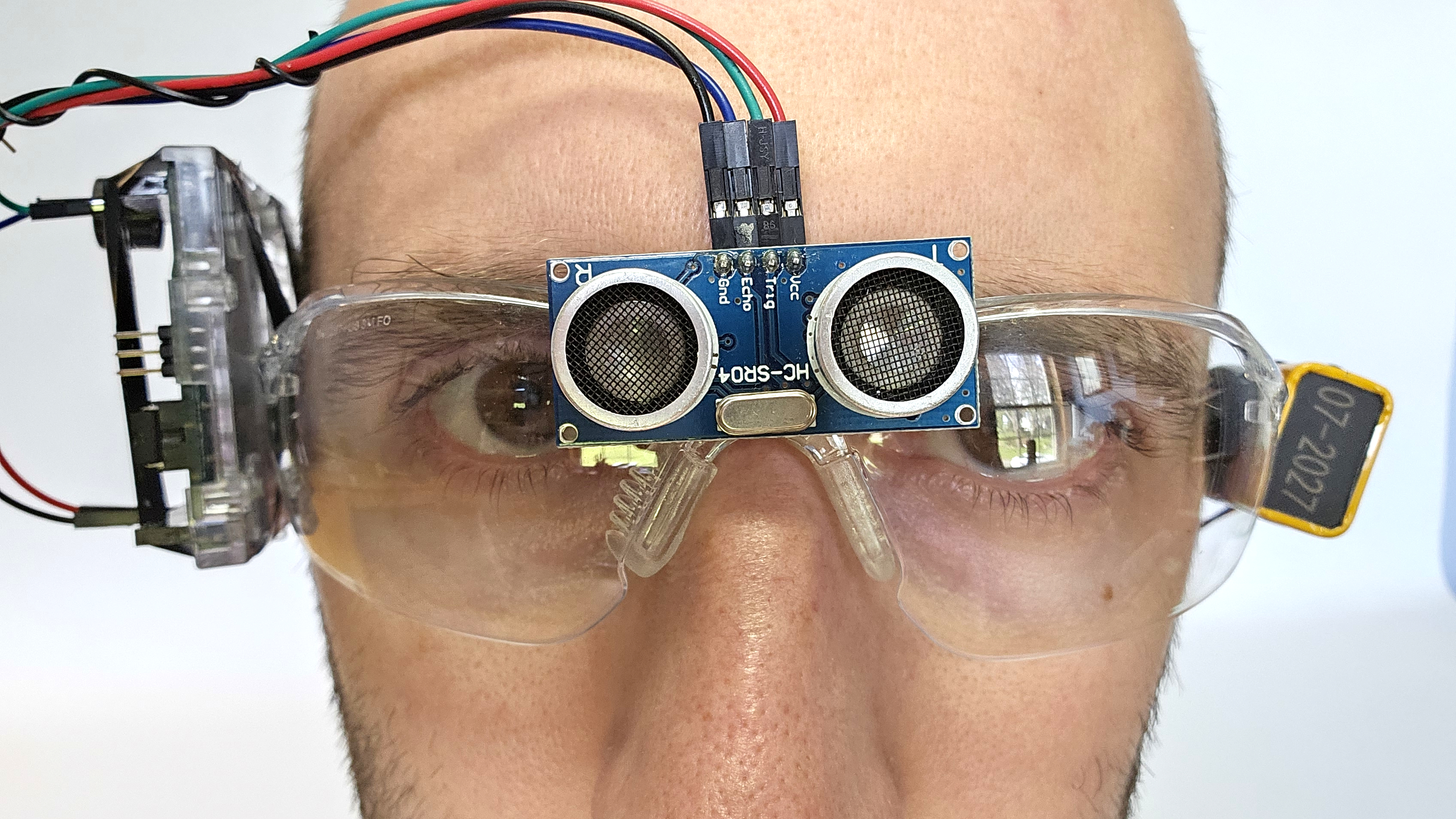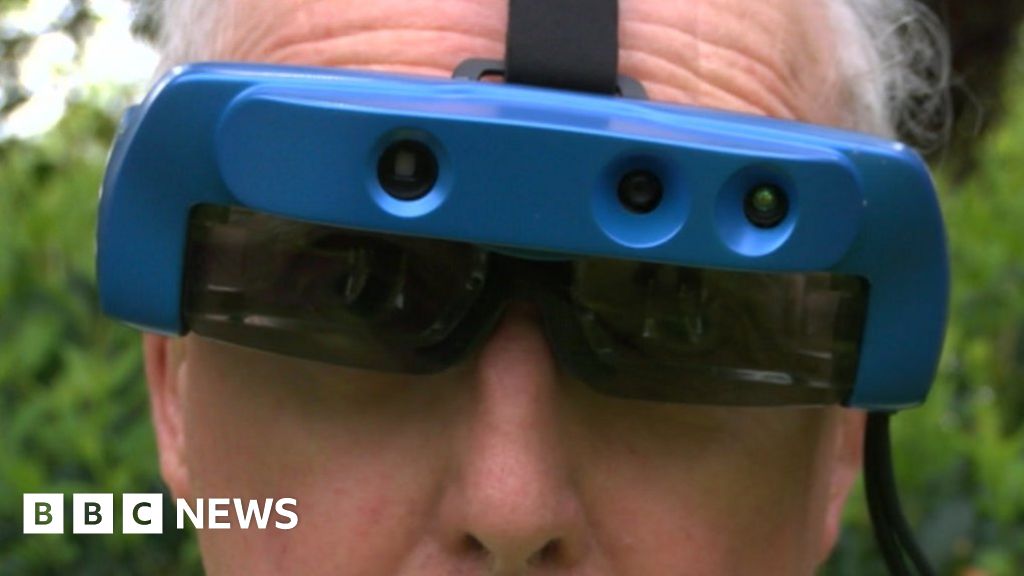Maximizing Efficiency with Screen Readers for the Blind: A Comprehensive Guide
Maximizing Efficiency with Screen Readers for the Blind: A Comprehensive Guide
Blog Article
Enhancing Access Via Assistive Technology for the Blind
The integration of assistive modern technology for the blind represents a critical advancement in availability, fundamentally changing just how people browse their environments and engage with culture. As we explore the diverse types of assistive tools and their concrete effects on everyday living, it becomes necessary to check out just how recurring technological developments are reshaping the landscape of support for the blind area.
Review of Assistive Innovation
Assistive innovation describes a series of devices and software program designed to enhance the abilities of individuals with handicaps, consisting of those who are blind or aesthetically damaged. This modern technology plays a vital duty in advertising freedom and boosting the lifestyle for customers. By providing alternate techniques for accessing info and carrying out everyday jobs, assistive modern technology empowers people to browse their settings extra properly.
The development and implementation of assistive innovation welcome a selection of concepts focused on promoting access. These concepts include user-centered layout, which focuses on the requirements and preferences of the individual, and the assimilation of technology into everyday tasks. Such advancements ensure that assistive tools are not only useful yet additionally user-friendly and simple to utilize.
In addition, assistive innovation encompasses a varied spectrum of options, from low-tech alternatives like magnifiers to high-tech innovations such as display readers and Braille display screens. The recurring development of this area is driven by the need to resolve the special challenges encountered by people with aesthetic impairments (Wearable technology for low vision). As modern technology remains to advancement, the possibility for improving availability and promoting inclusivity continues to be appealing, ultimately adding to a more fair society

Types of Assistive Gadgets
Various sorts of assistive devices are offered to sustain individuals that are blind or visually impaired, each developed to resolve particular demands and difficulties. These tools can be extensively classified into three main types: low-tech, mid-tech, and modern options.
Low-tech devices include things such as magnifiers, Braille tags, and tactile maps. These are fairly basic tools that improve the individual's capacity to interact with their atmosphere without calling for complex modern technology.
Mid-tech gadgets frequently involve a lot more innovative features, such as digital magnifiers and mobile Braille note-takers. These gadgets can offer functionalities like speech output, enabling customers to accessibility info a lot more efficiently.

Influence On Daily Living
The availability of numerous assistive gadgets significantly boosts the lifestyle for individuals who are aesthetically damaged or blind, affecting their daily living in extensive methods. By integrating innovations such as display visitors, Braille presents, and audio description solutions into their regimens, users get greater freedom and independence. These click this site devices facilitate access to details, allowing people to carry out day-to-day tasks, such as reading emails, browsing public areas, and enjoying media material.
Moreover, assistive gadgets empower people to involve more completely in social communications and community activities. The capacity to use smart devices geared up with accessibility functions enables seamless communication and link with others. This connectivity promotes a feeling of belonging and decreases sensations of seclusion.
In specialist setups, assistive innovation supports efficiency by permitting individuals to complete work tasks successfully. Devices like voice recognition software application and specialized magnifying devices allow individuals to join the workforce on equal footing with their sighted peers.

Innovations in Technology
Recent technological developments have substantially changed the landscape of devices available for individuals who are visually impaired or blind. The integration of synthetic knowledge (AI) and equipment discovering has triggered applications that enhance navigation and object recognition. Mobile phone apps can currently make use of AI to recognize and explain surroundings in real-time, offering users with beneficial contextual details.
Additionally, innovations in haptic technology have resulted in the development of clever canes furnished with sensing units that discover obstacles and provide responsive feedback. This encourages individuals to browse their atmosphere with increased self-confidence and self-reliance. Innovations in text-to-speech software program and braille screens have actually enhanced the access of digital web content, oculist eye doctor enabling for smooth interaction with different media.
Wearable modern technologies, such as wise glasses, are additionally making strides in aiding visual problems. As modern technology continues to develop, the capacity for also more transformative tools stays on the perspective.
Future Trends and Innovations
As innovation rapidly proceeds, the future of assistive devices for people who are blind holds tremendous assurance. Advancements in expert system (AI) and equipment discovering are poised to change the method blind customers communicate with their environments. AI-driven applications are being developed to boost object acknowledgment, allowing individuals to identify and navigate their environments with better simplicity and accuracy.
In addition, improvements in haptic responses innovation are making it possible for the creation of responsive maps and navigation help that provide real-time info via touch. These innovations not only boost wheelchair but likewise foster freedom. Additionally, wearable gadgets furnished with increased reality (AR) attributes are arising, providing individuals aesthetic details through audio descriptions, thus bridging the void between the physical and digital globes.
Furthermore, the integration of smart home modern technology presents new chances for accessibility, enabling people to regulate their living settings via voice commands or smart device applications. As cooperation in between tech programmers and the blind area continues, the concentrate on user-centered layout will certainly ensure that future like this developments are tailored to satisfy the special requirements of this populace (Wearable technology for low vision). The trajectory of assistive modern technology assures a more comprehensive and empowering future for individuals who are blind
Final Thought
To conclude, assistive modern technology plays a critical duty in boosting availability for people with aesthetic problems. The varied array of devices, including display viewers and clever canes, dramatically boosts everyday living and promotes independence. Continuous innovations in modern technology and user-centered style ensure that these devices provide efficiently to the unique demands of the blind area. As developments progress, increased inclusivity and empowerment can be anticipated, ultimately enhancing the high quality of life for those affected by aesthetic disabilities.
The combination of assistive innovation for the blind represents an essential development in access, essentially modifying how people browse their environments and engage with culture.Assistive technology refers to a variety of devices and software application made to improve the capabilities of individuals with handicaps, including those that are blind or visually damaged. Wearable technology for low vision.As technology quickly progresses, the future of assistive tools for people that are blind holds immense pledge. The trajectory of assistive modern technology guarantees a more empowering and comprehensive future for people that are blind
In final thought, assistive modern technology plays a vital role in boosting ease of access for people with aesthetic problems.
Report this page